Expiration dates can be misleading

We often place a great deal of trust in expiration dates to protect us from the dangers of foodborne illness. However, these dates may not be as dependable as we believe. There are no standardized government regulations governing food expiration dates, allowing each manufacturer to establish their own criteria. Lacking clear guidelines and resources to explain these dates, many of us have adopted misconceptions. You might assume that the expiration date on your deli meat indicates when it will spoil, but that's not entirely accurate.
Regardless of whether the label states "best by," "sell by," or "use by," these dates do not necessarily reflect the product's shelf life. Instead, they serve as an estimate of when the food is at its optimal quality. Once the expiration date has passed, the food doesn't immediately become unsafe; it remains edible for several additional days. Expiration labels and USDA recommendations tend to prioritize caution, which is generally beneficial. One effective way to minimize food waste is to understand when your lunch meat actually becomes unsafe to consume. Ultimately, the best method for determining if lunch meat has spoiled is to rely on your own judgment.
How to tell when lunch meat has gone bad
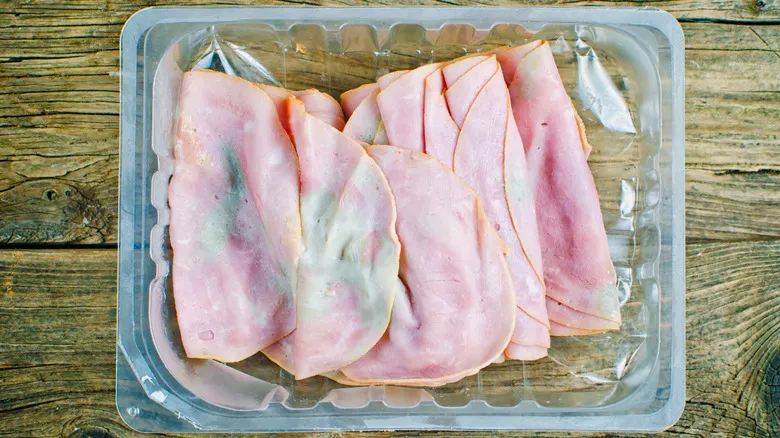
The USDA's three-to-five-day guideline is a helpful starting point, but don’t assume you need to discard your meat on the sixth day. As mentioned earlier, various types of meat have different shelf lives. As the five-day mark approaches, take a close look at your lunch meat. Your senses can help you determine if it’s starting to spoil.
Visual signs of spoilage are usually quite clear. If you notice any mold or discoloration, it’s best to avoid eating that meat. However, don’t be alarmed by any rainbow-like spots you might observe. While they may seem unappealing, they are completely normal. If the only thing you see is these rainbow spots (and it passes the other tests), it should be safe to consume.
If the lunch meat appears fine, it’s time to proceed to the smell test. Sour or yeasty smells are strong indicators of spoilage. A good practice is to take a sniff of the meat right after opening the package, so you can recognize its fresh scent. If that aroma changes, it’s time to dispose of the meat. Finally, use your sense of touch to check for spoilage. As lunch meat deteriorates, it can become slimy; if you feel a wet surface, it’s best to throw the meat away (and remember to wash your hands afterward).
The best lunch meat storage methods
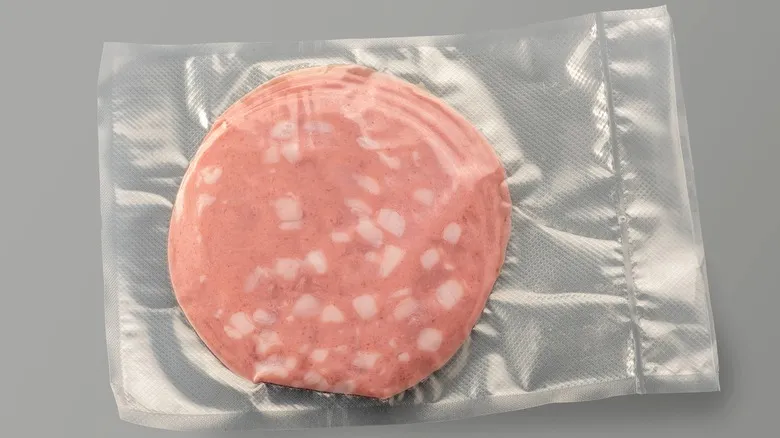
To extend the shelf life of your deli meat, it's essential to store it correctly. As soon as you return home from the store, place it in the refrigerator and keep it there at all times, except when you're using it. Deli meat should not be left out at room temperature for more than two hours, as it can reach temperatures that allow harmful bacteria to thrive. Ensure your refrigerator is set below 40 degrees Fahrenheit to maintain the meat within the ideal temperature range. Typically, the back of the refrigerator is the coldest spot, so it's best to store lunch meats and other perishable items as far back on the shelves as possible. If your refrigerator has a deli drawer, that’s a suitable place for storage as well.
For optimal preservation, lunch meat should be kept in an airtight container. In most cases, you can leave it in its original packaging, as commercial packaging is designed to shield the meat from bacteria. However, if you purchase freshly sliced deli meat, it may come wrapped in waxed paper, in which case you should transfer it to a different container. A vacuum-sealed container or an airtight, resealable plastic storage bag will work well for this purpose.
Can you freeze lunch meat?
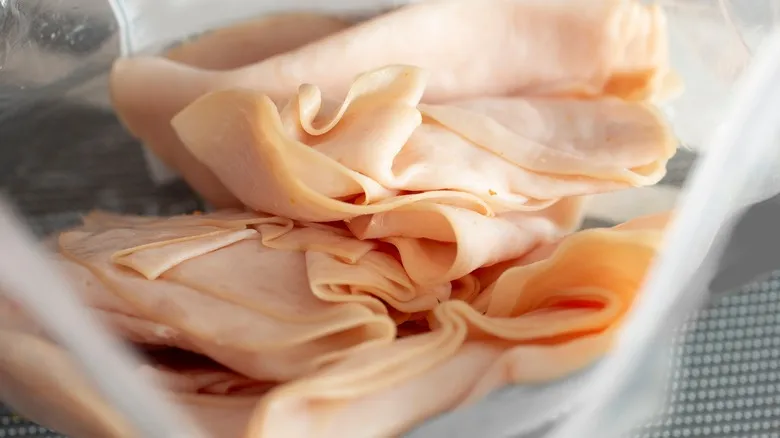
If you've purchased more cold cuts from the deli than you can consume in a week, you can happily freeze the lunch meat to prolong its shelf life. Deli meat can remain good in the freezer for up to two months, although there's a risk of freezer burn the longer it stays frozen. To thaw the lunch meat, just put it in the refrigerator and allow it to defrost. Avoid microwaving deli meat, as you don't want to inadvertently cook it. Just like with any meat that's been stored in your fridge for a while, check the thawed deli meat to ensure it's safe to eat.
Recommended

Wait, Bobby Flay Washes His Chicken?
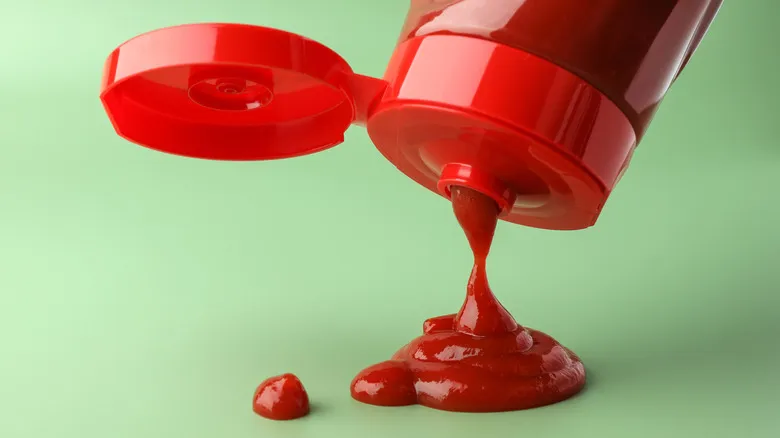
Ketchup Is Your Secret For Spotless Silverware

The Last Day You Can Still Eat Yogurt After Opening It
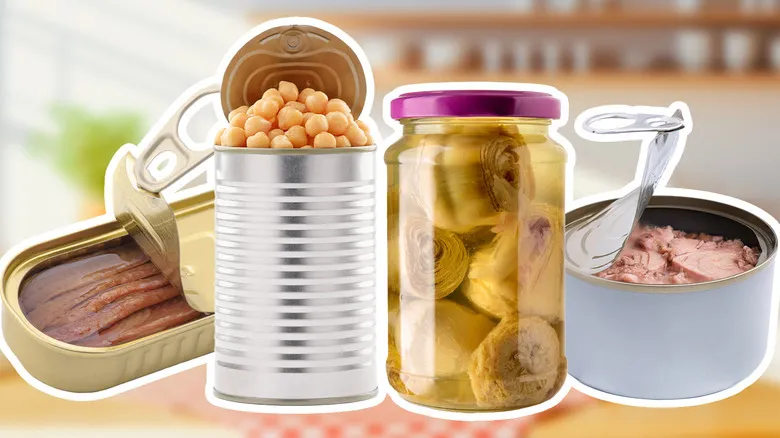
11 Canned Foods That Are Just As Good As Fresh, According To Chefs
Next up

